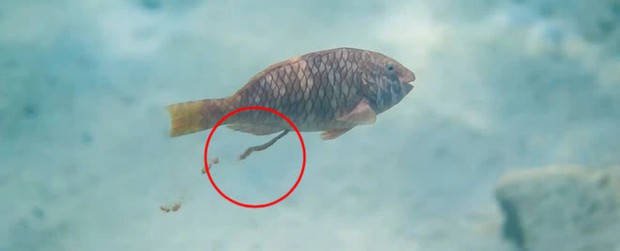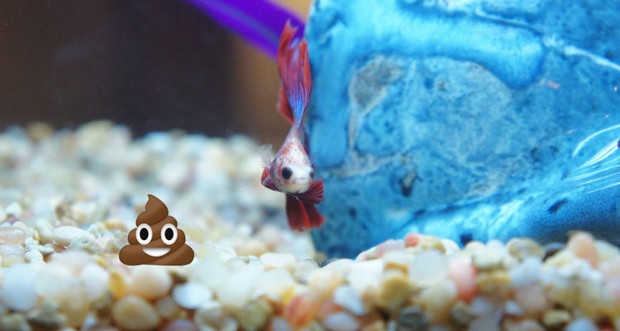Why study this thing? Everything has a reason.
In short, it’s … fish poo!
Any animal in the world must follow a general rule, that is, if it is eaten, there must be waste. Fish too, they also go to the toilet! But why study fish feces?
Basically, fish feces contain all the carbon and the ocean is filled with fish feces. According to a recent study from Rutgers University (USA), 16% of the carbon in the oceans today comes from fish – fish feces, respiration and other types of excretion.
This 16% figure is equivalent to about 1.65 billion tonnes of carbon deposited on the ocean floor each year, constituting a significant part of the world’s largest carbon sink.
“This is the first time that there is research on the effects of fish on carbon stocks”, – says environmentalist Grace Saba of Rutgers University. And since there hasn’t been much research, Saba believes there are still a lot of uncertainties in her new estimates. It also means that further studies will be needed on fish populations, biological density and the amount of carbon carried by fish.
Overall, Saba’s research shows that fish droppings are a huge source of carbon in the deep ocean. In one experiment, research showed that a mass of fish droppings can sink or travel thousands of meters. Notably, they have the ability to strangely limit underwater decomposition.
With large-scale climate models, the researchers estimate that the effects of fish on carbon stocks are comparable to those of phytoplankton, but not yet confirmed.
Previously, phytoplankton was considered the backbone of ocean ecosystems because it could convert CO2 to organic carbon during photosynthesis. This carbon can sink, or sink deeper, through bacteria, fish or plankton. Or, they can go further with diffuse dissolved carbon.
Once the carbon reaches the bottom of the sea, it is consumed by organisms at the bottom. This is a natural process creating a balance in the ocean’s CO2 source. However, this carbon can be pushed to the surface, posing a major threat to the current global climate crisis.
Fish in general play an important role in pushing and storing the planet’s carbon in deep waters. However, with little data, he is still not able to confirm this story. On the other hand, it also means that we cannot grasp the impact of fish exploitation on the current climate change situation.
As fish stocks decline, experts say more research is needed to assess the impact on carbon flow, and this should be a priority. If the transition of carbon from the surface to the bottom slows down, the impact on the environment will be much greater than previously thought. According to some recent studies, the increase in surface carbon in the North Atlantic could lead to losses of between 170 and 3 trillion dollars. And it’s just an ocean.




